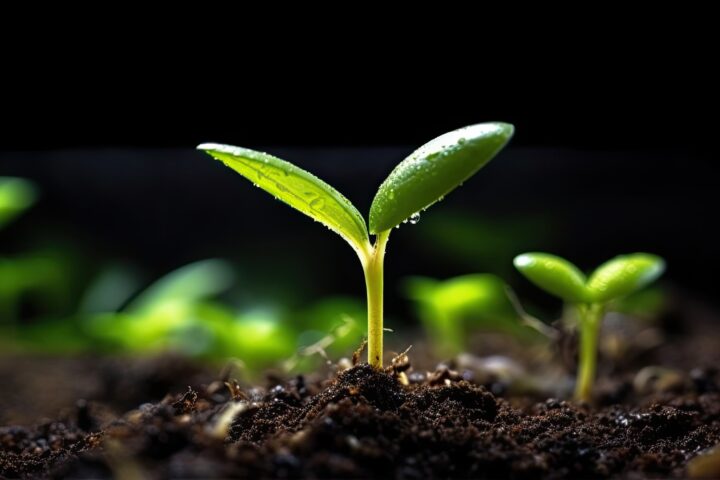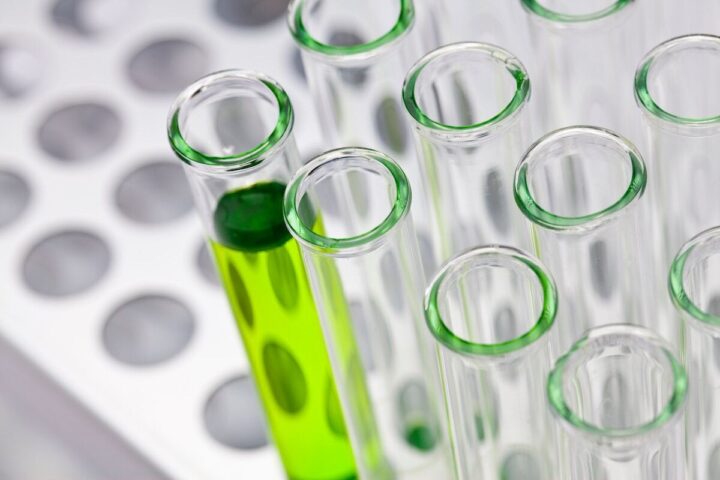
Hazard is not the same as risk: how we understand – and should understand – threshold values
In this episode of the podcast, risk researcher Angela Bearth discusses residues and threshold values in food – a topic often debated emotionally.
Monday, November 17, 2025
In public discussions, threshold values tend to dominate, while the complex challenges of agriculture are rarely considered. Studies show, however, that once these relationships are explained and solutions are addressed, people respond in a more differentiated way.
Angela Bearth explains that threshold values are scientifically based but never purely objective. They rely on research, societal considerations, feasibility and acceptance. They differ from political threshold values, which 'also take feasibility, costs and context into account,' she says.
A central misunderstanding lies in the distinction between hazard and risk: in discussions about plant protection products, these two concepts are often confused. A hazardous substance does not automatically imply a high risk: it may be potentially harmful – a hazard – but risk describes how likely harm is to occur based on real-world exposure. Modern analytics can detect almost anything, but the mere detectability of a substance does not mean it poses a danger.
Overview of the full series Agrarpolitik – the podcast with swiss-food
The Agrarpolitik podcast and swiss-food.ch explore in a joint series how Switzerland deals with risks, measurements and public perceptions of chemicals – in a factual, clear and practice-oriented way.
The highlight of the series was the live event at Bogen F in Zurich.
Episodes:
Episode 1 with Dr Angela Bearth (Listen to the episode, translated with AI)
Episode 2 with Dr Lothar Aicher (Listen to the episode, translated with AI)
Episode 3 with Dr Michael Beer (Listen to the episode, translated with AI)
Episode 4 with Christine Badertscher (Listen to the episode, translated with AI)
Trust, emotions and habits strongly shape our perception of risk. New or unfamiliar risks feel more threatening than familiar ones, even when they are objectively lower. Scientific uncertainties should be communicated openly – as should toxicological basics such as the principle 'The dose makes the poison.' Many people assume that a dangerous substance must be harmful even at very small amounts – yet it is the dose that determines whether any effect occurs at all. This fundamental toxicological insight is often absent from public debate.
According to Bearth, discussions become more objective when transparency is created, conflicts of goals are openly acknowledged and toxicological principles are explained clearly.
The episode calls for explaining threshold values factually rather than stoking fear: they include large safety margins and are designed to protect the population. Only when risks are weighed fairly can science remain credible.
Kindly note:
We, a non-native editorial team value clear and faultless communication. At times we have to prioritize speed over perfection, utilizing tools, that are still learning.
We are deepL sorry for any observed stylistic or spelling errors.
Related articles

When surveys create fear
Surveys on technologies such as genetic engineering often focus on risks and spread panic instead of promoting a balanced discussion of the pros and cons. A striking example is the environmental indicator of the Federal Statistical Office. Social scientist Angela Bearth is highly critical of the survey.

«Synthetic equals toxic? Wrong!»
When shopping for food on a daily basis, we often rely on our gut feeling. This can be very useful and save us a lot of thinking. But when it comes to assessing risks, our gut feeling can also be deceptive. Angela Bearth, a behavioural psychologist at ETH Zurich, explains why this is the case in the swiss-food podcast.

Difference between risk and danger
Danger and risk are often confused in the discussion surrounding pesticides. Sometimes the two terms are even used synonymously. That is as incorrect as it is negligent, because dangerous substances do not always present a high risk. By the same token, substances that are not considered to be dangerous can indeed pose a risk. Danger and risk are therefore not identical.

Residues, thresholds, trust – looking calmly behind the headlines
In this conversation with toxicologist Lothar Aicher, the discussion focuses on how residues enter the body, how their potential harm is assessed, and what role modern analytical methods play.

PFAS, trade-offs and responsibility – how politics and agriculture find solutions
In this episode of the joint series by Agrarpolitik – der Podcast and swiss-food.ch, National Councillor Christine Badertscher discusses how residues and threshold values are debated in Parliament.

Thresholds, approvals, responsibility – how plant protection products are really assessed
Threshold values are often at the centre of public debate – yet in reality they are only a small part of a much broader risk assessment system. Dr Michael Beer, Head of the Food and Nutrition Division at the Federal Food Safety Office, provides clarity.

Pesticides in Water: The sources are more varied and closer than we think
A new national study reveals that pesticide contamination in Swiss rivers and streams has more complex causes than previously assumed. While substances still originate from agriculture, a considerable share enters waterways through other pathways.

